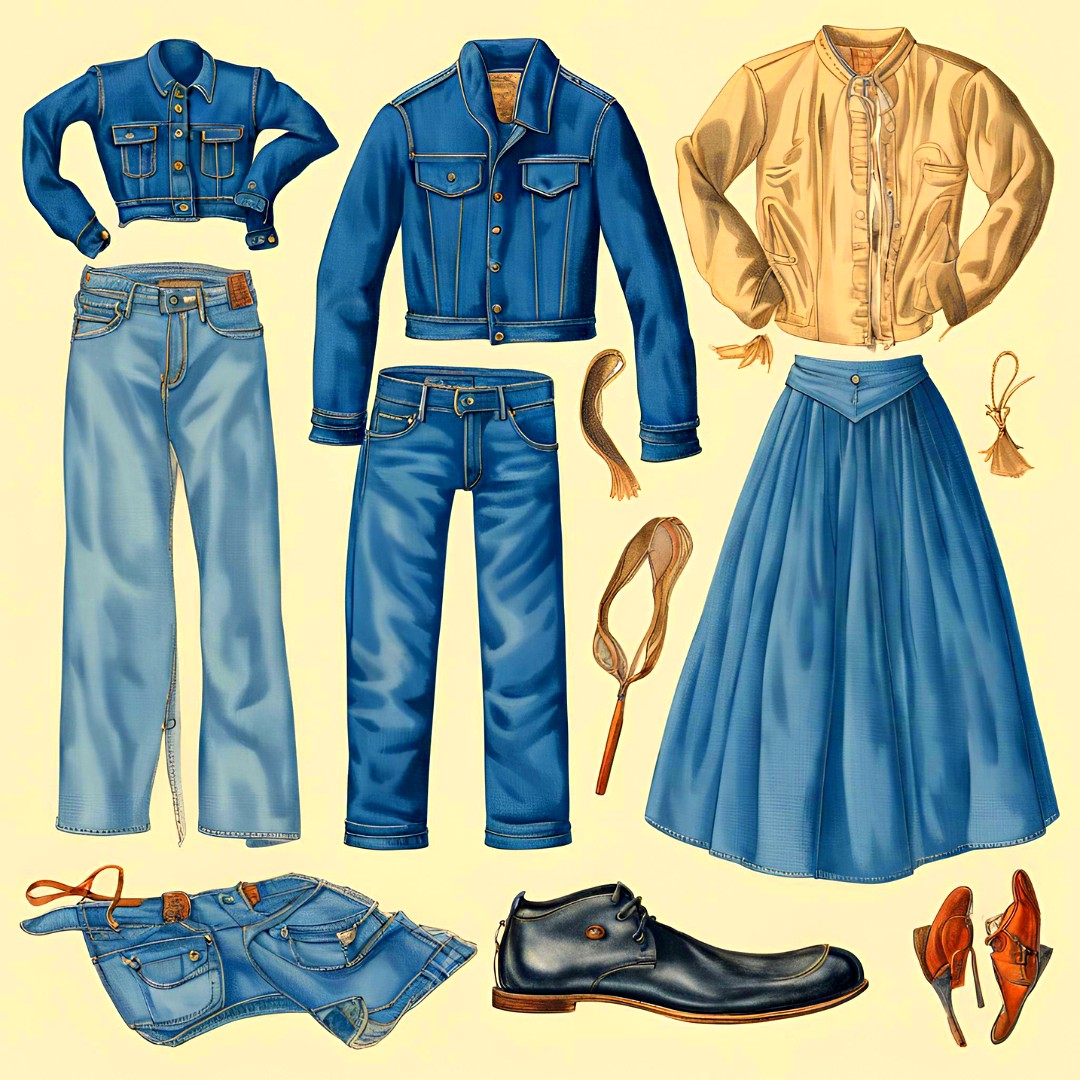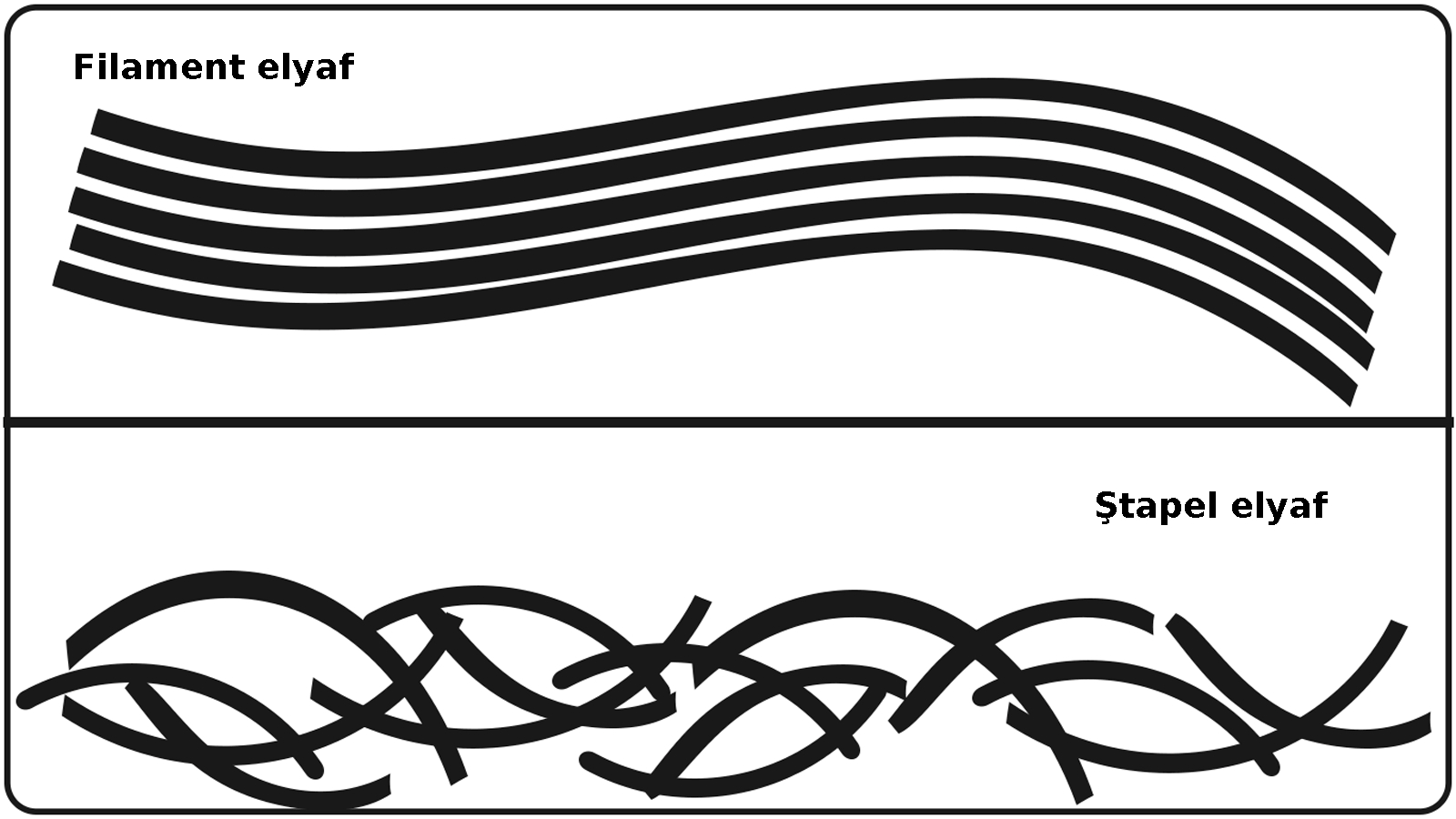Quality Testing: Care & Appearance - Quality Assurance
21:51
0 comments
Care and Appearance in Quality Testing
Apparel and home products are valued for their ease of care and their appearance before and after laundering. Key characteristics important for appearance are smoothness and resistance to shrinkage. Also important for garments are the absence of wrinkles, maintenance of wanted creases and pleats, and flatness of cuffs, plackets, and collars. Important colorfastness properties include light fastness and resistance to color loss, staining, and rocking.
1-) Appearance
2-) Colorfastness
3-) Lightfastness
4-) Rating Procedures
5-) Dimensional Stability
6-) Skewness
1-) Appearance
Various methods have been developed to measure changes in the appearance of a textile or garment as a result of cleaning. Appearance may change as a result of the abrasion inherent in laundering and drying, which can cause fuzzing or pilling and changes in color. Consumers value a wrinkle-free appearance, seam smoothness, and retention of creases or pleats.
2-) Colorfastness
Loss of color during home washing or laundering can be related to the dyestuff used, poor rinsing in the dyehouse, or the use of unsuitable laundry products. The consumer cares only that the product has lost color, that the shade has changed, or that other items or other parts of the garment have been stained by unfixed color. “Colorfastness” is defined as the resistance of a material to change in any of its color characteristics and to transfer its colorant to adjacent materials during processing, testing, storage, or use.
3-) Lightfastness
It is important for textile and apparel products to maintain their color after exposure to light. Light-fastness tests are designed to determine how much the color will fade when the sample is exposed to a standard light source. Sunlight is a major cause of color loss. The potential for damage depends on the colorant used, product end-use, geographical area of use, season, light incidence, humidity, and other variables. By nature, the characteristics of light are not constant. As with most test methods, the relationship between any light-fastness test and actual exposure during consumer use must be determined and agreed upon by the manufacturer and customer.
4-) Rating Procedures
Colorfastness, color change, crocking, and other measurements of color are covered under international testing procedures. Most commonly, the specimen color is compared before and after exposure in the test. Ratings typically are on a numbered scale where the better the performance, the higher the number.
5-) Dimensional Stability
One of the most important aspects of performance for apparel or home textiles is dimensional stability to laundering. Excessive dimensional instability affects appearance, fit, size, and serviceability. Possibly the worst aspect of performance, from the consumer’s perspective, is the growth or shrinkage of apparel so that it no longer fits.
6-) Skewness
Skewness or torque is the annoying tendency of some fabrics and garments to twist after laundering. Skewing results in the displacement of side seams, sleeves, legs, and other parts of a garment, resulting in an unsatisfactory appearance.
-
Ayakkabılarda doğru numara seçimi sağlık ve kullanım ömrü açısından önem arz eder. Kesirli Ayakkabı Numaraları Ne Anlama Geliyor? 🤔 Bazı a...
-
İş sağlığı ve güvenliği için bazı işletmelerde pr ayakkabı kullanımı gereklidir. Ayakkabılarda rastladığımız "PR" terimi, İngiliz...
-
Rahat bir kullanım için ayağın genişliği ve uzunluğuna uygun ayakkabıyı seçmek son derece önemlidir. Ayakkabı Genişlik Terimleri: E, F, FX,...
-
Lif kısaltmaları tekstilde elbise üretiminin her aşamasında kullanılır. Tekstil, Kumaş, Lif ve Elyaf Kısaltmaları : Tekstil endüstrisi, lif...
-
Yeşil renk ve tonları, sarı ile mavi ışığın birleşmesi sonucu oluşur ve fotosentetik pigmentler nedeniyle bitki yapraklarında yaygın olarak ...
-
Kumaşın ön yüzünün ve arka yüzünün gösterimi. Kumaş yüzü (Alm. Stoffvorderseite, Fr. front de tissue, İng. fabric face; face of fab...
-
Türk tekstil ve hazır giyim sektörü: yerli markaların yükselişi. Türkiye'nin lokomotif sektörlerinden biri olan tekstil ve hazır giyim...
-
Mavi polycotton nevresim takımı. Polycotton , polyester ile pamuğu (cotton) karıştırarak elde edilen, her iki elyafın en iyi performans ...
-
Vorteks iplik üretim aşamaları gösterimi. Vorteks (vortex) eğirme sistemi temel olarak bir çekim sistemi ve bahsedilen çekim sisteminin de...
-
Türk ayakkabı markaları, yerli ham maddeyi mükemmel işçilik ve estetik tasarımlarla birleştiriyor. Türk malı ayakkabı ürünler, kalitesi ve e...
-
Türk tekstil ve hazır giyim sektörü: yerli markaların yükselişi. Türkiye'nin lokomotif sektörlerinden biri olan tekstil ve hazır giyim...
-
Akrilik elyaf, iyi yalıtım özelliğine sahip olmasıyla öne çıkan sentetik bir lif türüdür. Akrilik Elyaf: Tanım ve Özellikler Akrilik, ( Alm....
-
Kumaş numunesi. 1) Yapılarına göre (nasıl yapıldıysa o ismi alır) a) Dokunmamış kumaşlar - Nonwoven , keçeler, kağıt telalar, elyaf, vi...
-
Ünlü Türk modacı ve tasarımcılarının kreasyonları artık dünya moda başkentlerinde sergileniyor. Türkiye'de tekstil ve moda sektörünü...
-
Farklı renk ve türdeki kumaş çeşitleri. Kumaş, ipliklerin, çeşitli yöntemlerle bir araya getirilerek oluşturduğu kaplayıcı yüzeylerd...
-
Türk ayakkabı markaları, yerli ham maddeyi mükemmel işçilik ve estetik tasarımlarla birleştiriyor. Türk malı ayakkabı ürünler, kalitesi ve e...
-
Dünyanın en meşhur modacıları. Dünyaca ünlü modacılar Her sezon önce podyumları sonra da vitrinleri süsleyen özel koleksiyonların arkas...
-
Lif kısaltmaları tekstilde elbise üretiminin her aşamasında kullanılır. Tekstil, Kumaş, Lif ve Elyaf Kısaltmaları : Tekstil endüstrisi, lif...
-
Naylon olarak da bilinen polyamid kumaşlar sentetik kökenli bir kumaş türüdür. Polyamid ya da naylon (Alm. Polyamidfaser, Fr. fibre ...
-
Tekstil ürünlerinin etiketlerinde yıkama, kurutma ve ütüleme ile ilgili semboller bulunur. Tekstil Ürünleri için Tavsiye Edilen Yıkama Tali...


















































































































0 yorum:
Yorum Gönder
Merhaba, daha kaliteli bir site için yorumlarınızı bekliyoruz.